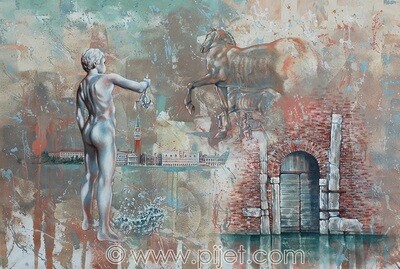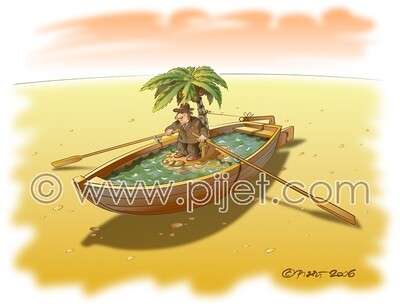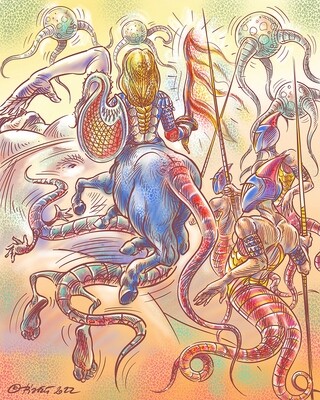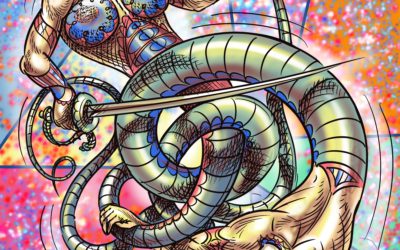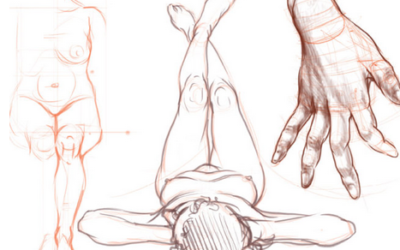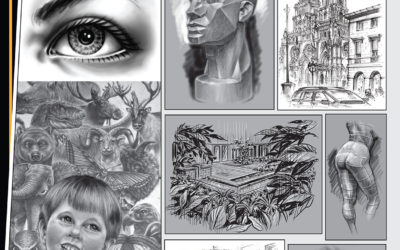Through the prism of my professional experience as an art educator specializing in teaching the skills of realistic drawing, I observe a phenomenon of degradation in these important abilities among students studying in art schools. This fact is particularly disturbing when the students in question dream of becoming art teachers, architects, interior or industrial designers. At the beginning of each drawing class, I always ask the students if they previously had any experience in realistic drawing. In approximately 95% cases, the response I usually hear is “no.” It is surprising to learn that, during their secondary and college years, most students do not have any practice in realistic drawing skills. They practice various forms of artistic expression, except the very one, which Michelangelo described as “…the root of all arts,” and Jean Auguste Dominique Ingres stated, “drawing is the true test of art.”
When, in 1852 Horace Mann helped to reform the American education structure by implementing the Prussian education system in the state of Massachusetts, realistic drawing was one of the basic skills to be learned by students. Since then, the overwhelming computerization of our lives has changed the way the educational system looks at the importance of manual skills such as realistic drawing. However, living in constant contemporary advanced technological changes do not mean that students do not have to study these important skills. Computers and tablets are not going to replace the ability to draw realistically for an architect or a designer in the process of ideation. If they do in some cases, it is a long and painful process for those who try. To express clearly an idea, there is nothing better than a fast relatively realistic sketch, before going any further with any project, either artistic or creative. Furthermore, the studies of realistic drawing skills are extremely useful in the cognitive development of people’s perceptive minds. To draw realistically, one need to look and see, think and compare, measure and reflect. One needs to analyze in detail what one sees and what needs to be done in order to depict an object, or human form in relatively realistic proportions. What is important in the process of teaching realistic drawing skills is to teach the student to think all the time what he/she is doing. Taking into consideration recent technological advances these skills can be practiced not only on paper but also on a digital support such as WACOM and iPad with the help of sketching software. It is yet another way to practice realistic drawing skills in a contemporary way and at the same time economize on the use of paper, which in consequence would make us the environmentally friendly individuals.
There is a tendency in some art schools to completely ignore the importance of learning realistic drawing skills, considering it “passé,” or in another words, something out of fashion. It is an unfortunate reality, but an existing one. In art teaching, it is necessary to have the same standards as in teaching students to become lawyers, doctors, engineers or technicians. In every profession, one needs to learn certain basic skills in order to be recognized as a professional in one’s domain, and in art it is the skill of realistic drawing. This skill is the starting point for further artistic exploration. The ability to draw realistically is an essential working tool for an artist and art educator in the process of communicating creative ideas. Realistic drawing is an alphabet of art and, as such, it should be learned by anyone aspiring to be an artist, designer, architect, or art teacher.
From time to time I will put on line more video-clips regarding various aspects of drawing practice, such as more elaborated studies of the human body, perspective issues, drawing of architecture, still life, landscapes, interior design, caricature, illustration, and digital drawing.
These videos are not explaining all aspects of realistic drawing studies. It is why the best way to learn classic drawing skills is to take some drawing courses, where the instructors apply the analytic method of drawing teaching (fast, applying the geometry of forms and calculation), not the intuitional one (long, based mostly on the student’s intuition and sensibility to the perception of dimensional forms).

